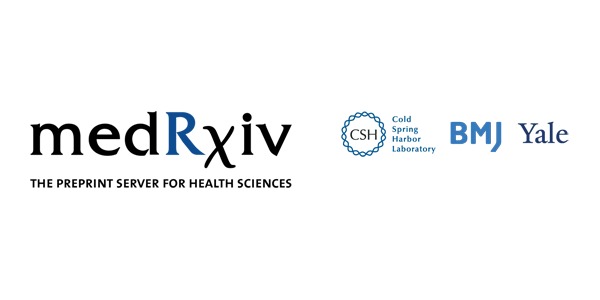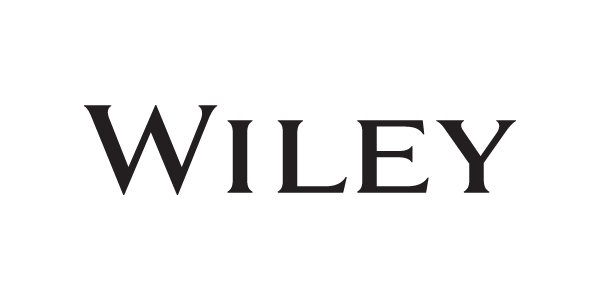1 min read
1 min read
222nm Far-UVC Lamps: Antimicrobial in Hospital Waiting Areas
 Christian K. Holm
:
Mar 4, 2024 2:50:14 PM
Christian K. Holm
:
Mar 4, 2024 2:50:14 PM

Background
Hospital-acquired infections are a considerable challenge for vulnerable patients. Ultraviolet light based on the excitation of mercury emits light at 254nm and has well-established anti-microbial effects but the use hereof in populated areas is hindered by the carcinogenic properties of 254nm light. This is in contrast to the recently developed excimer lamps based on Krypton Chloride. These lamps emit light with a peak intensity at a wavelength of 222nm and have recently been demonstrated to have broad bactericidal and viricidal effects including efficient inactivation of SARS-CoV2. It is, however, unclear how efficiently 222nm lamps perform in a real-life setting such as a hospital waiting area. In this study, we aimed to assess the antimicrobial efficacy of filtered 222nm excimer lamps in a real-world setting at an outpatient pulmonological clinic.
Methods
Filtered KrCl 222nm excimer lamps (UV222 lamps) were installed in a densely populated waiting room at the outpatient waiting area at Department of Respiratory Diseases and Allergy at Aarhus University Hospital, Aarhus, Denmark. Furniture surfaces were sampled and analyzed for bacterial load in a single-arm interventional longitudinal study with and without exposure to filtered 222nm UVC Light. Furthermore, bacterial species were identified using MALDI-ToF mass spectrometry.
Findings
The exposure to filtered 222nm UVC-light significantly reduced the number of colony-forming-units, and patches with a high density of bacteria. Pathogenic bacteria such as Staphylococcus Aureus and Staphylococcus Epidermidis were detected only in the non-exposed areas suggesting that these species are highly sensitive to inactivation by 222nm UVC-light.
Conclusion
Filtered 222nm UVC-light is highly anti-microbial in a real-world clinical setting reducing bacterial load and eradicating clinically concerning bacteria species. Filtered 222nm UVC-light has the potential to become an important part of current and future anti-microbial measures in the clinic.
Latest knowledge from UV Medico

222nm UVC Light: Safe and Effective Bacterial Killer in Human Trials

Harmless Effects of 222 nm Far-UVC Radiation on Mouse Skin and Eyes

1 min read
Safe Long-Term Use of 222 nm UVC Lamps on UV-Sensitive Mice

222 nm Far-UVC Light Safely Inactivates Airborne Human Coronaviruses
.jpg)
Far-UVC - Effectively Disinfects SARS-CoV-2 Surface Contamination
 Read More
Read More

1 min read
Far-UVC: Innovative Solution to Airborne Microbial Disease Control

 UV222™
UV222™ UV222 Linear
UV222 Linear UV222 Downlight
UV222 Downlight Vertex 222
Vertex 222.png) UV222 Pendant
UV222 Pendant.png) UV222 Booth
UV222 Booth.png) UV222 Step-On
UV222 Step-On.png) UV222 Cleanroom Downlight
UV222 Cleanroom Downlight UV222 Dual Downlight 60x60
UV222 Dual Downlight 60x60 UV222 Material Airlock
UV222 Material Airlock UV222 Ambulance
UV222 Ambulance UV222 Compact
UV222 Compact UV222 Industrial
UV222 Industrial